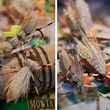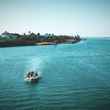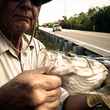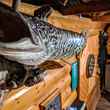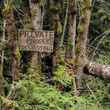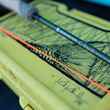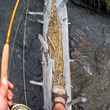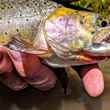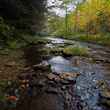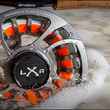Since its release at the SXSW film and arts festival in March, DamNation has received a great many accolades and has been awarded several times. From Patagonia, Stoecker Ecological and Felt Soul Media -- the creators of other fishing-related documentaries such as Red Gold, Eastern Rises and Running Down the Man -- DamNation tells the story of the nation's aging, costly and ineffective dam infrastructure and the growing movement of river and habitat restoration through dam removal. On Thursday June 5, Patagonia will host a free screening of DamNation at 23 stores across the United States.
Screenings are scheduled in Patagonia retail stores in Atlanta, Austin, Boston, Boulder, Cardiff, Chicago LP, Denver, Freeport, ME, Georgetown, Palo Alto, Pasadena, Portland, OR, Reno, Salt Lake City, San Francisco, Santa Cruz, Santa Monica, Seattle, New York City, St. Paul, Ventura, Washington, D.C. and Westport. The screenings are free and open to the public.



